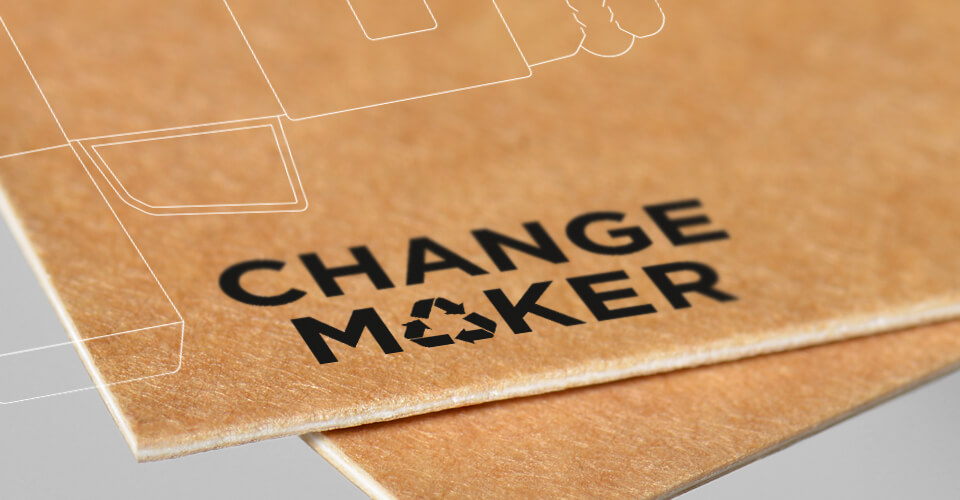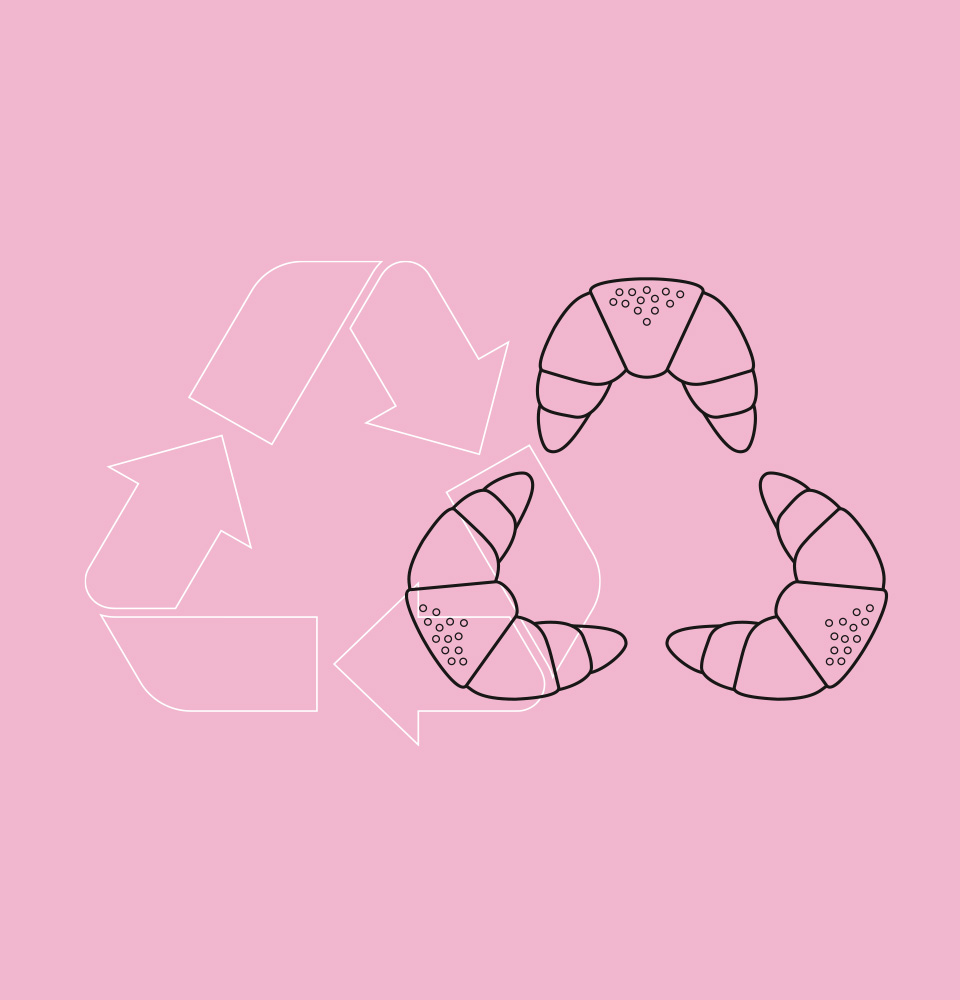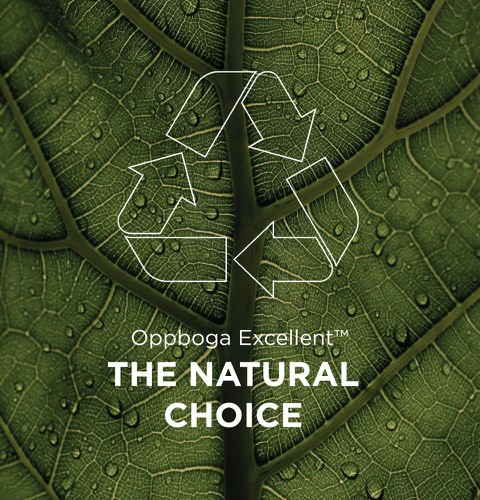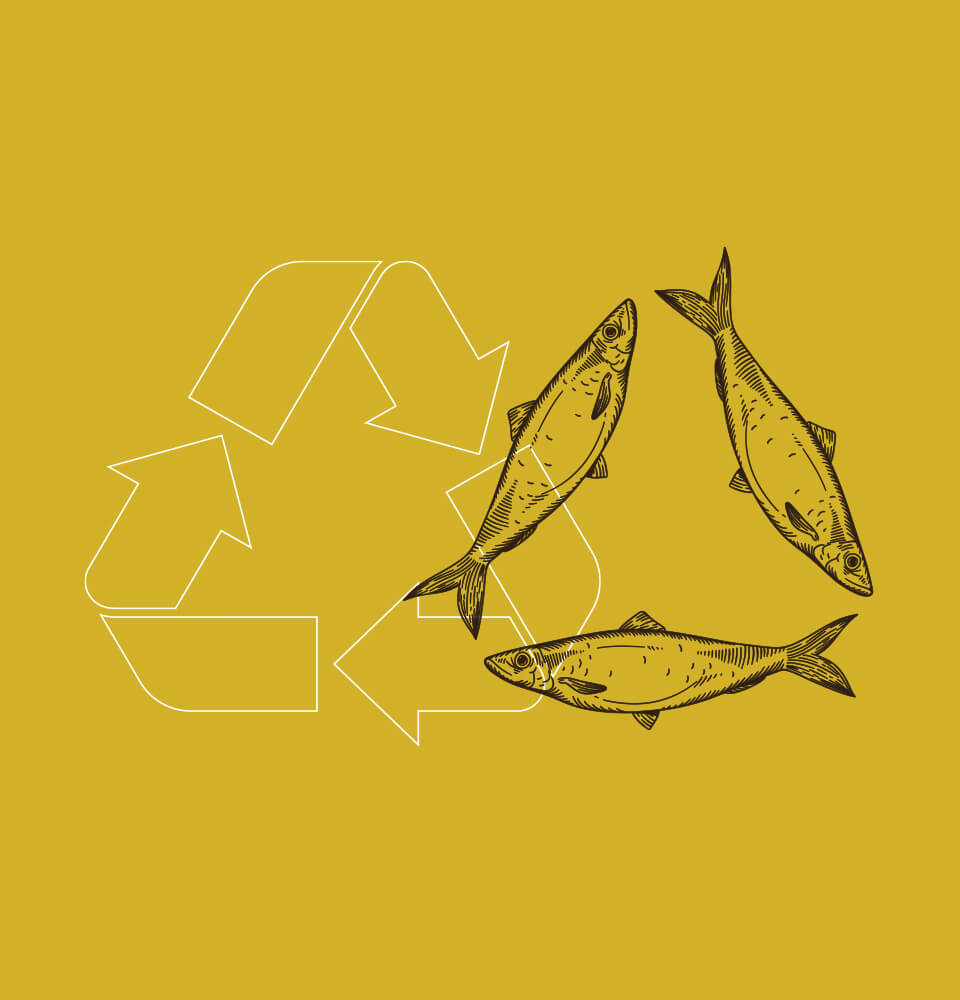
Stellen Sie von Kunststoff auf Papier um
Be a changemaker too!
Die Weltgemeinschaft steht vor grossen ökologischen Herausforderungen. KAPAG und Oppboga unterstützen Verarbeiter und Markeninhaber bei ihren Bemühungen, von Kunststoff- auf Papierverpackungen umzustellen. Unsere Kartonsorten sind erneuerbar und stellen damit einen wichtigen Bestandteil der von der EU angestrebten Bioökonomie dar, die darauf abzielt, fossile Kohlenstoffe mit biobasierten Kohlenstoffen zu ersetzen.
Nachstehend finden Sie einige erprobte, getestete und erfolgreich lancierte Beispiele, bei denen unsere Kartonsorten Kunststoffe in Verpackungen entweder ersetzen oder erheblich reduzieren. Übernehmen Sie doch auch diese Materialalternativen und werden Sie selbst zum Changemaker!
Innenwerbung
Das meisten Verkaufsförderungen (Schilder, POS) werden nur für einen kurzen Zeitraum im Einzelhandel genutzt. Trotzdem bestehen viele der für die Innenwerbung verwendeten Materialien aus Kunststoff. Unser Displaykarton Oppboga Excellent™ ist eine nachhaltige und kosteneffiziente Alternative zu Schaum-PVC und anderen Kunststoffverbunden. Er ist leichter als die meisten Bogenmaterialien, bleibt flach und lässt sich dank seiner dreifach gestrichenen Oberfläche hervorragend bedrucken. Die Vorteile für die Umwelt sprechen für sich, denn Oppboga Excellent™:
- Stösst zwischen fünf und zehn Mal weniger C02 aus als Display-Materialien aus expandiertem Polystyrol, PVC-Schaum oder Schaumstoffplatten.
- Besteht aus Frischfasern, die aus nachhaltig bewirtschafteten Wäldern stammen (FSC zertifiziert).
- Kann mit der bestehenden Recyclinginfrastruktur wieder aufbereitet werden.
Schrauben- und Nagelschachtel für den Einsatz auf dem Bau
Auf Baustellen im Freien werden feuchtigkeitsresistente Verpackungen für Baumaterialien benötigt. Andernfalls weichen die Schachteln auf und lassen sich nicht mehr richtig verschliessen oder reissen und verlieren ihren Inhalt. Bisher wurden für Schrauben Verpackungen aus Hartkunststoff bzw. PE- oder wachsbeschichteten Karton verwendet. Dank unserer Kartonsorte Oppboga Resilient™ können wir nun ein Verpackungsmaterial anbieten, welches:
• Wasserbeständig ist.
• Weder PE noch Wachs enthält.
• Aus Frischfasern besteht, die aus nachhaltig bewirtschafteten Wäldern stammen (FSC zertifiziert).
• Mit dem normalen Altpapier entsorgt werden kann.
• Der EU-Verordnung über Verpackungen und Verpackungsabfälle (PPWR) entspricht.
Weitere Vorteile:
• Markenauftritt: Im Vergleich zu einer Schachtel aus hartem Kunststoff kann unser Karton bedruckt und veredelt werden und somit Ihrer Marke eine hervorragende Präsenz schenken.
• Wettbewerbsvorteil: Eine bekannte Werkzeugmarke führte einen Pilotversuch im Einzelhandel durch, wobei Schachteln aus Hartkunststoff sowie aus Oppboga Resilient™ ins Verkaufsregal gestellt wurden. Konsumenten griffen überwiegend nach den Schachteln aus Oppboga Resilient™.
Flat Skin für das Verpacken von frischen Lebensmitteln
Die Flat-Skin wird für das Verpacken von Fisch, Fleisch und anderen frischen Lebensmitteln mit unterschiedlichsten Formen verwendet. Hierbei ist unsere Kartonsorte Oppboga Robust™ das Trägermaterial des Frischeproduktes. Der Karton wird mit einer dünnen Polymerfolie überzogen, auf welches das Lebensmittel mit Hilfe von einer Barriereskinfolie vakuumversiegelt wird. Nach dem Öffnen der Packung kann der Konsument dank einer Lasche den Karton und die Folie leicht trennen und ordnungsgemäss entsorgen. Oppboga Robust™ ersetzt bei dieser Anwendung die herkömmliche Kunststoffschale und:
• Reduziert den Kunststoffanteil der Verpackung auf bis zu 75 %.
• Kann mit dem normalen Altpapier entsorgt werden.
• Besteht aus Frischfasern, die aus nachhaltig bewirtschafteten Wäldern stammen (FSC zertifiziert).
• Entspricht der EU-Verordnung über Verpackungen und Verpackungsabfälle (PPWR).
Weitere Vorteile:
• Markenauftritt: Im Vergleich zu einer Kunststoffschale kann unser Karton beidseitig bedruckt werden und somit Ihrer Marke eine hervorragende Präsenz schenken.
• Wettbewerbsvorteil: Dank unserer robusten Kartonsorte kann das Lebensmittel hängend oder stehend im Kühlregal präsentiert werden und sich so von den anderen Produkten abheben.
• Verlängerte Haltbarkeit: Die Kombination aus Karton, Polymerfolie und Barriereskinfolie ermöglicht es, das Lebensmittel schützend unter Vakuum zu versiegeln. Dies verlängert seine Haltbarkeit und beugt Lebensmittelverschwendung vor.
Geschenkschachtel für süsses und herzhaftes Gebäck

Lebensmittelläden und andere Verkaufsstellen präsentieren häufig ihre Auslagen in Verpackungen aus Kunststoff. Wir bieten Ihnen eine Barrierekarton an, der Lebensmittel ebenso schützt, aber auf eine nachhaltigere und ansprechendere Weise. Dabei können wir die Barriere auf einen lebensmitteltauglichen Zellstoffkarton Ihrer Wahl aufbringen. Der Barrierekarton kann
• Mit dem normalen Altpapier entsorgt werden.
• Besteht aus Frischfasern, die aus nachhaltig bewirtschafteten Wäldern stammen (FSC zertifiziert).
• Schützt vor Wasserdampf, Sauerstoff, MOA/MOSH sowie Aroma und ist heisssiegelfähig.
• Entspricht der EU-Verordnung über Verpackungen und Verpackungsabfälle (PPWR).
Weitere Vorteile:
• Markenauftritt: im Vergleich zu einer Kunststoffverpackung, kann unser Karton bedruckt und veredelt werden und damit Ihrer Marke eine hervorragende Präsenz schenken.
• Die Barriereeigenschaften sorgen dafür, dass Ihr Produkt sicher sowie schmackhaft bleibt und Ihre Markenbotschaft nicht befleckt wird.



